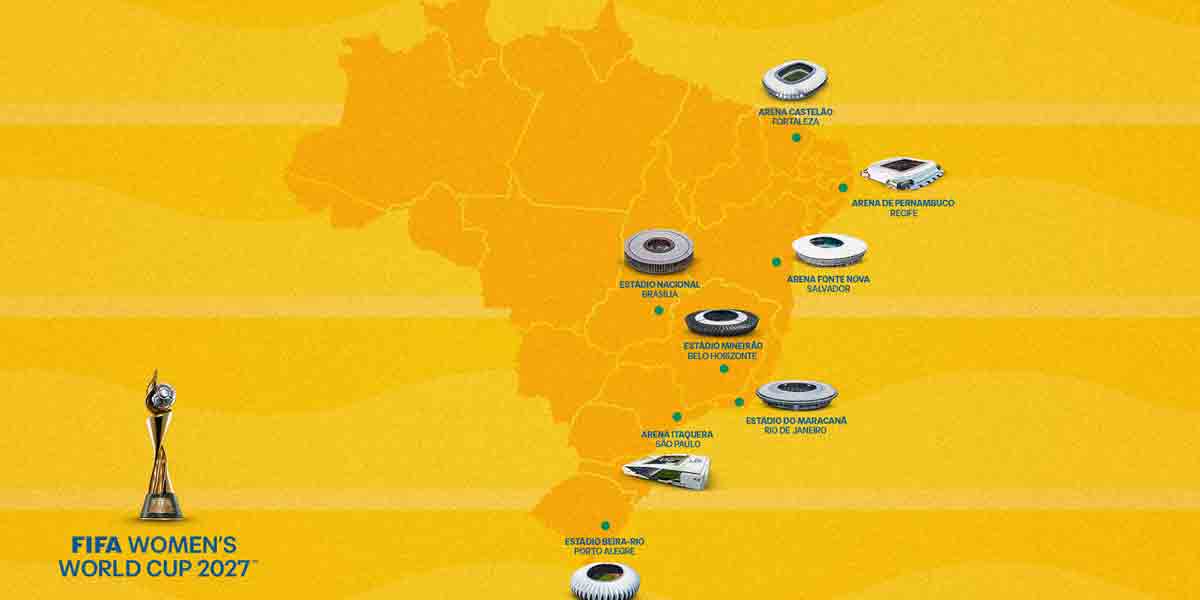By Alex P. Vidal
“If there’s another iPhone that’s better, that’s sad for my old iPhone. But it means we get to use a better one.”— Roger Ver
APPLE hasn’t always left users waiting until September to get their paws on the latest iPhone.
That’s why the tech giant unveiled its iPhone 15 and iPhone 15 Pro models at an event at its Cupertino, California headquarters September 12, finally ditching the 11-year-old Lightning port in favor of USB-C.
According to technology chronicler Nicholas Vega, the new phones feature upgraded cameras, slightly tweaked designs and, in the case of the Pro models, a lightweight titanium frame.
The iPhone 15 will reportedly start at $799 when it hits stores on September 22, while the iPhone 15 Pro will start at $999 for the 128GB model.
Prices for the phones will reportedly go as high as $1,599 for the most expensive iPhone 15 Pro Max with 1TB of storage, while the iPhone 15 Plus’ price tops out at $1,199.
I just realized it’s not necessary to put away my old iPhone for the latest and “most high-tech” edition. It’s not a “need” anyway, and it’s more of “want” or a status symbol—just like the past iPhone editions—4, 6, 7, 10 and so on and so forth.
Apple, nevertheless, remains to be one of the most valuable companies in the world even after Jobs’ demise on October 5, 2011. It still produces popular digital gadgets, including Macs, iPods, iPhones, and iPads.
More products or gadgets to choose from means more temptations.
So, I thought it’s important not be carried away by our emotions and be practical. It’s always important to save our dollars for the more important things in life—or for the rainy season, so to speak.
-o0o-
Back on June 7, 2010, we failed to travel to the Apple Park in Cupertino, California as scheduled to attend the Apple’s Worldwide Developers Conference at the Apple Park, where the late Apple founder and genius Steve Jobs was scheduled to introduce “something new” that would change the mobile phone industry worldwide.
Earlier in May of the same year, my Orange County-based friend from Negros, the late Mando Lacson, and I agreed to travel 389 miles or six hours by car from Irvine to Cupertino for the once-in-a-lifetime event.
On that day, Jobs took the stage to introduce the iPhone 4.
By just imagining how expensive it was and valuable it was in this age of technology, Jobs took our breaths away.
We thought the classic and attractive iPhone 4 was the final or ultimate gadget of the Apple saga, or the greatest mobile phone ever invented in today’s generation.
With the iPhone 4 no longer capable of running the latest version of iOS these days, it’s easy to look back on the fourth-generation handset as a piece of ancient tech.
In fact, as observed by Timothy Lee of Vox, the device was incredibly significant: The iPhone 4 introduced some very important features—and also addressed concerns that are still important today.
Lee said the iPhone 4 launched the same year as the iPad, marking the first year that established the now-familiar packed release cycles that Apple continues to stick to.
-o0o-
But even taken on its own merits it was a significant release — introducing FaceTime, an upgraded 5 megapixel camera with LED flash, VGA-quality front-facing camera, refreshed design, and significant Retina display screen resolution upgrade—with 4x the number of pixels as its predecessor.
“I’ve always been partial to the iPhones of this era, and the 3.5-inch form size, combined with the flatter, Braun-esque design (a whole 24 percent thinner than the iPhone 3GS) made it Jony Ive’s best iPhone design yet,” Lee emphasized.
“If the iPhone 4 had problems it was that, like many first-gen Retina devices, it struggled at times to push all the necessary pixels around — although Apple did give us a boost in RAM (to 512MB), processor (the A4) and, most envy-inducing today, useful battery life.”
Meanwhile, according to Lee, Jobs ran Apple as if it were a small, founder-owned startup. All significant decisions flowed through Jobs. Often, if Jobs wasn’t personally interested in a particular task, Apple just wouldn’t do it.
For example, Jobs shut down Apple’s charitable giving program in 1997 and never re-started it. Jobs directly supervised Apple’s mergers and acquisitions, which meant that Apple didn’t acquire very many companies.
The companies Apple did acquire were invariably small, and they were absorbed into the Apple hierarchy rather than continuing to operate as separate subsidiaries.
Tim Cook has taken a more conventional approach to managing Apple. Fewer decisions flow through Cook directly, which makes it possible for Apple to handle more tasks in parallel.
Since taking over at Apple, Lee said Cook has tried to capitalize on Apple’s status as the only technology company that is also a luxury brand. In 2013, Apple paid $73 million to recruit Angela Ahrendts, CEO of the luxury brand Burberry, to run Apple’s retail operation. The same year Apple also hired Paul Deneve, CEO of Yves Saint Laurent.
(The author, who is now based in New York City, used to be the editor of two daily newspapers in Iloilo.—Ed)





















